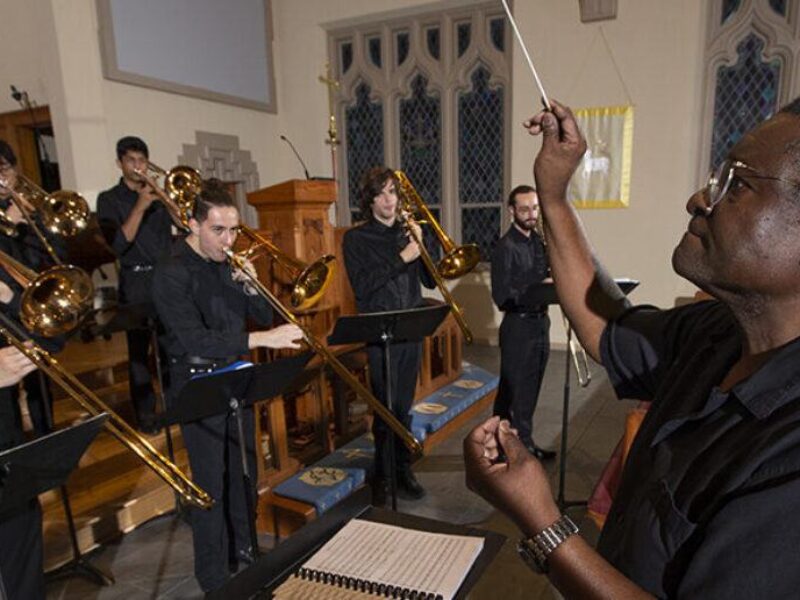Illiteracy is considered a national public health issue. One-third of fourth grade students cannot comprehend their grade-level materials.
“If you are not reading by fourth grade, you likely will not graduate high school. If you drop out of high school, finding a job will be difficult. If you don’t find a job, then you go on government assistance,” explained Dr. R. Malatesha Joshi, professor of reading education. “Those who cannot read don’t succeed in life. That is going to be a lot of pressure on the individual, society and the nation to support them.”
However, by providing appropriate evidence-based instruction, our educators can change that.
Based on years of research, the National Reading Panel has identified a combination of five techniques that are effective for teaching children to read including phonemic awareness, phonics, fluency, and teaching vocabulary words and reading text comprehension strategies.
However, solving the literacy problem is not a one size fits all approach. A surprising find from Joshi’s research is that what is true for English may not be true for other languages. They found English speaking students that make spelling errors make more errors on vowels than consonants. However, Spanish speaking children make more errors on consonants than vowels.
“That has educational implications. Most of the children with reading problems are given a one size fits all method. We have shown that one size does not fit all. There are some children who mainly have decoding and word recognition problems and don’t have problems with comprehension whereas another group of children may have more trouble with comprehension and others with vocabulary.”
Help at home
If you see your child struggling with reading, Joshi says there are activities you can do at home to help your child succeed in the classroom.
“The first focus should be on oral language and vocabulary development. If you cannot understand when something is spoken to you then you will not understand it in the written form,” said Joshi. “Parents and caregivers also need to expose their children to the different ways words can be used. Children learn from their parents and caregivers, so let them help make the grocery list or write a letter. While these are simple strategies, they are not happening with many families in the US.”
Community partnerships
Joshi and his colleagues in the reading program at Texas A&M are taking these techniques to both undergraduate and graduate students as well as school districts and community partners.
Through partnerships like Read by 3rd and the Good Neighbor Project, our faculty are bringing interventions that align with the specific needs of Bryan ISD, parents and the community. This includes a new, physical location for the Reading Clinic at Anson Jones Elementary School and Fannin Elementary School later this fall with plans to expand services in the coming years.
“Our goal is to provide valuable support for K-12 educators, community partners and learners while also enriching our undergraduate students’ competency in reading instruction,” explained Joshi. “If you cannot read you cannot do math, you cannot do science, you cannot do social studies. Everything depends on reading. That is why it is very important that we make sure that children read using evidence-based and scientifically proven techniques.”
This article by Ashley Green originally appeared in Transform Lives.






